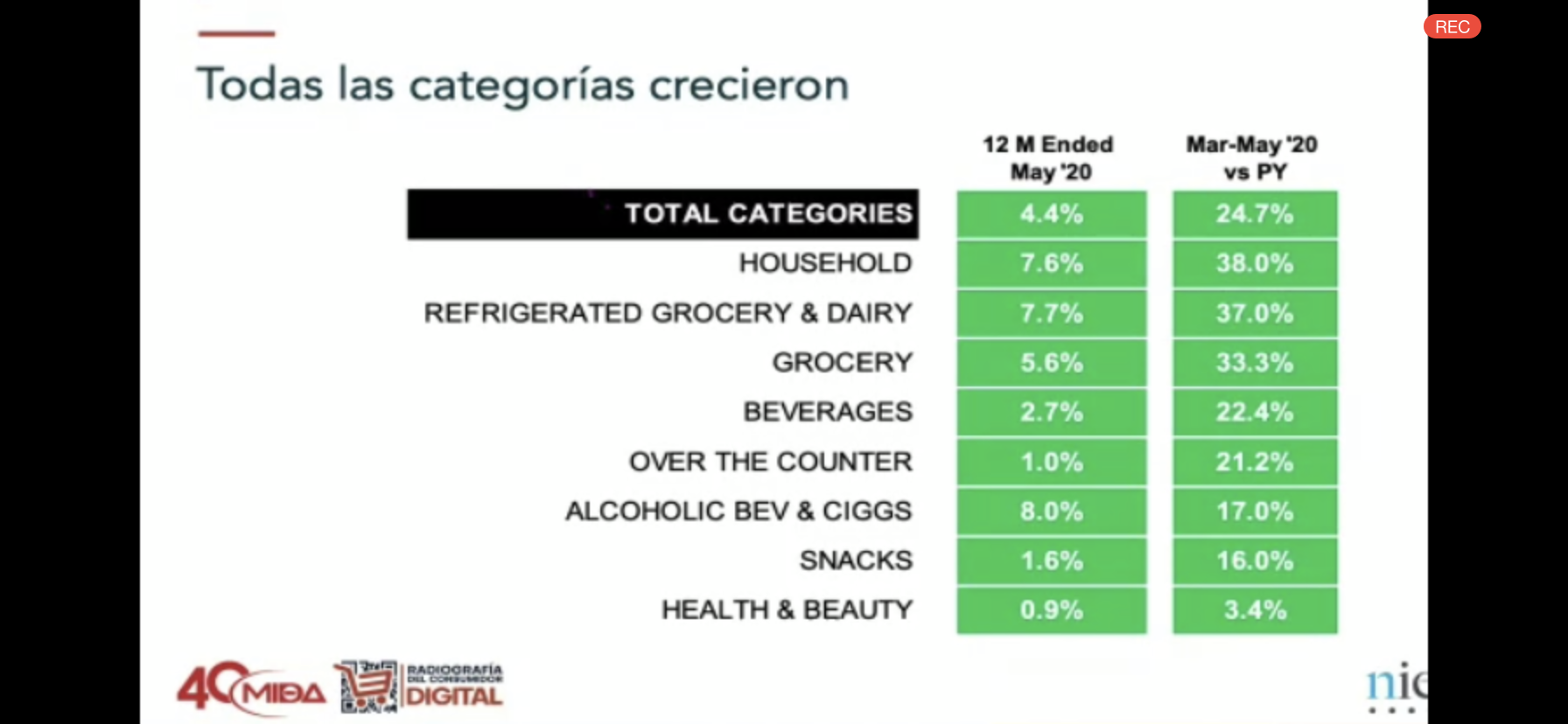MIDA poll reveals 85% of Puerto Rico consumers spent more during lockdown

A study by the Chamber of Marketing, Industry and Food Distribution (MIDA, in Spanish) confirmed what was a broadly felt perception among consumers: they spent more on their purchases during the three-month lockdown in Puerto Rico.
The results of the “Behind the mask…a Consumer X-Ray 2020” study show that 85% of consumers who participated in the survey confirmed they spent more on food or provisions after the quarantine started.
The polling was conducted June 9-15 among men and women 18-and-older, which resulted in a 51% participation rate for a sample of 1,272 people, the trade group said. Of that group of respondents, 89% were women between 35 and 64 years-old.
It measured the trends from March through May — coinciding with the strictest stretch of the government-imposed curfew to contain the spread of the COVID-19 virus.
The study shows that households spent $854 at grocery stores, or .55¢ per dollar. Consumer traffic was also brisk at drugstores — many of which remained open seven days a week — reflecting a 48% jump in spending to $167.
“The presence of the different channels didn’t change significantly, with the exception of club-type stores, which lost about 6% of the market,” said Freddie Hernández, chairman of the Consumer X-Ray study committee. “Small supermarkets, convenience stores and pharmacies showed growth.”
The most sought-after items during the three-month period were: hand sanitizer (1,113%); multivitamins (236%); cleaning wipes (229%); cake mixes (143%); and repellents (90%).
“Nobody would have expected such a large increase in demand for disinfectants, and unfortunately there were times when supplies ran out,” Hernández said.
During the three-month period, consumers showed a preference for grocery stores (99%), followed by discount stores (72%).
The study showed that nearly half — or 48% of those surveyed — confirmed that their income dropped during the quarantine, and only 5% confirmed an increase. Of those who experienced a growth in income, 22% used the money to buy food, 19% used it to pay down debt and buy personal hygiene items, and 16% said they would save money.














